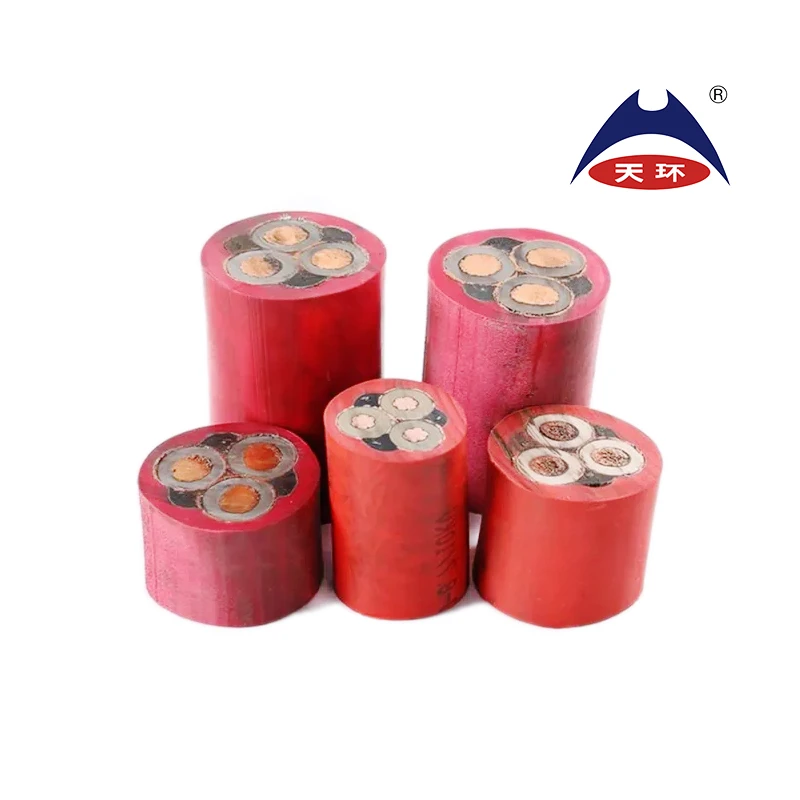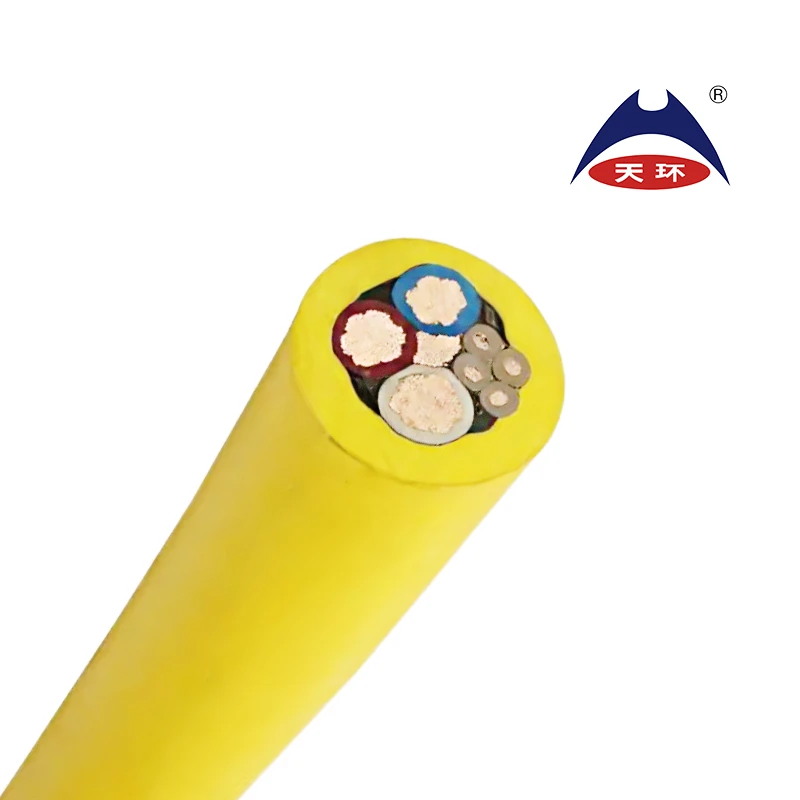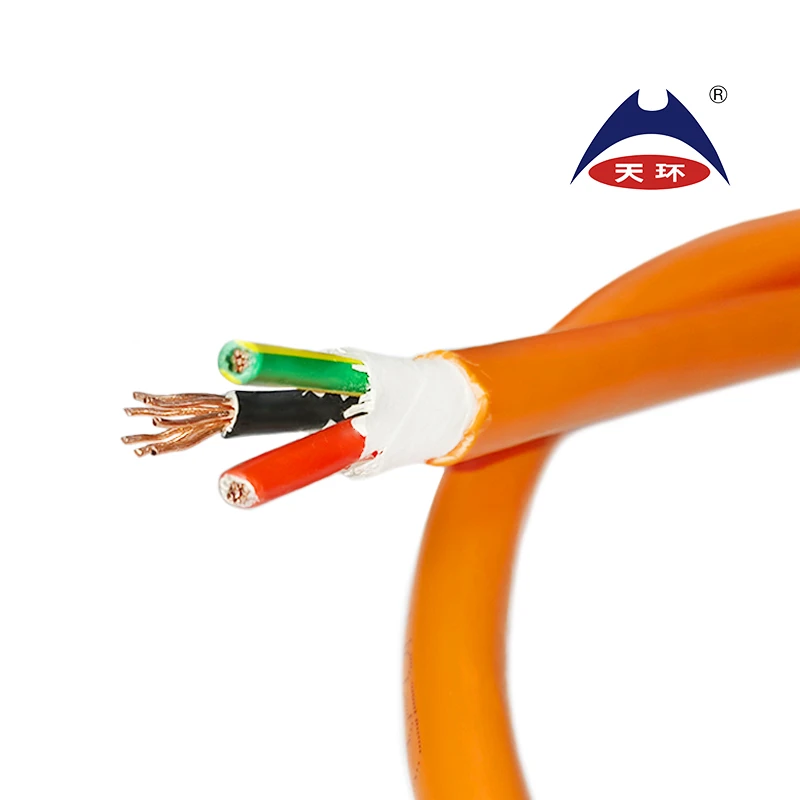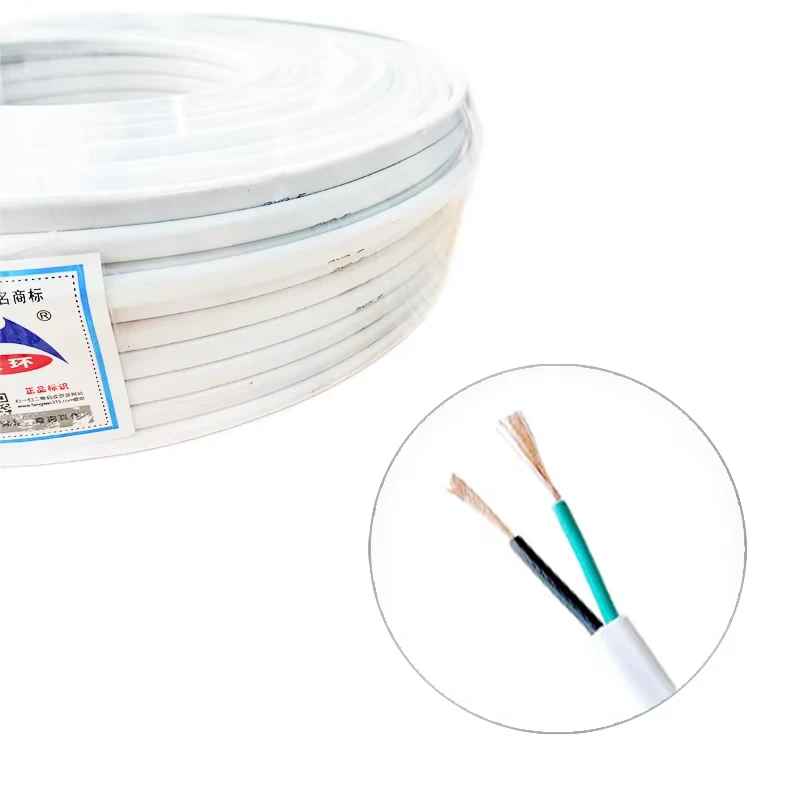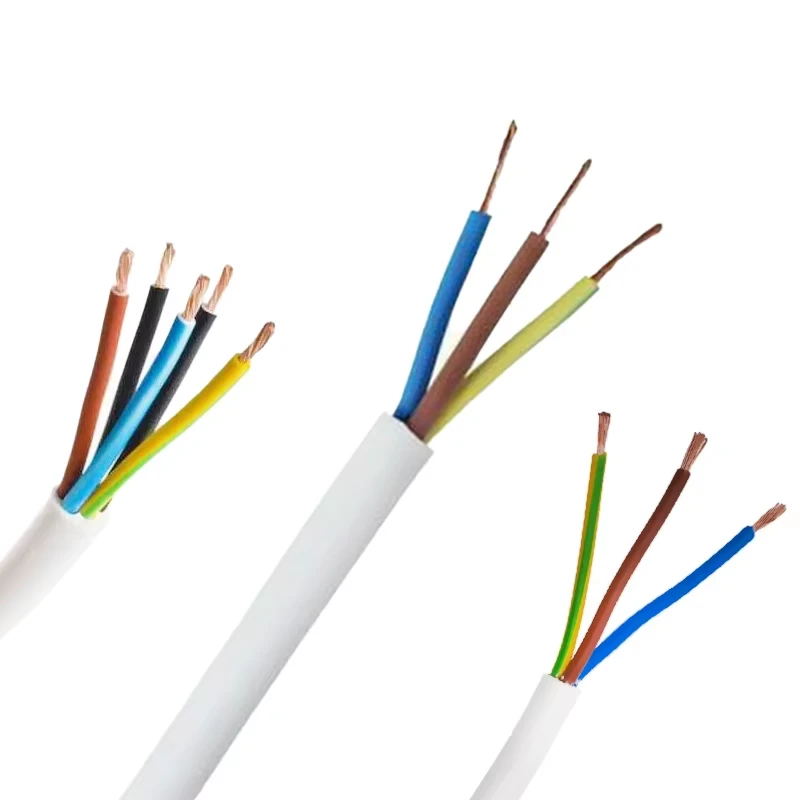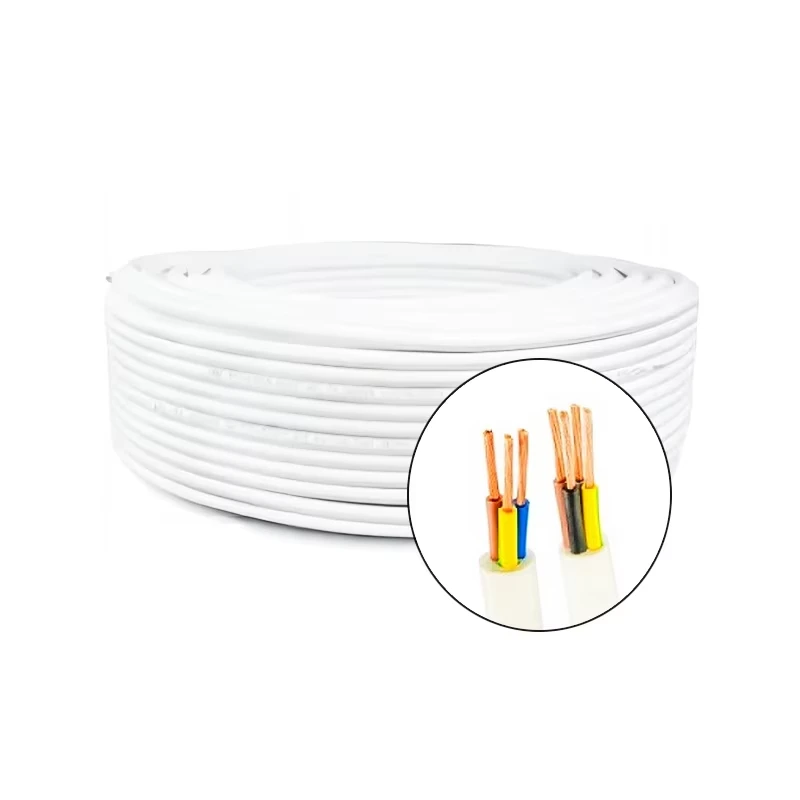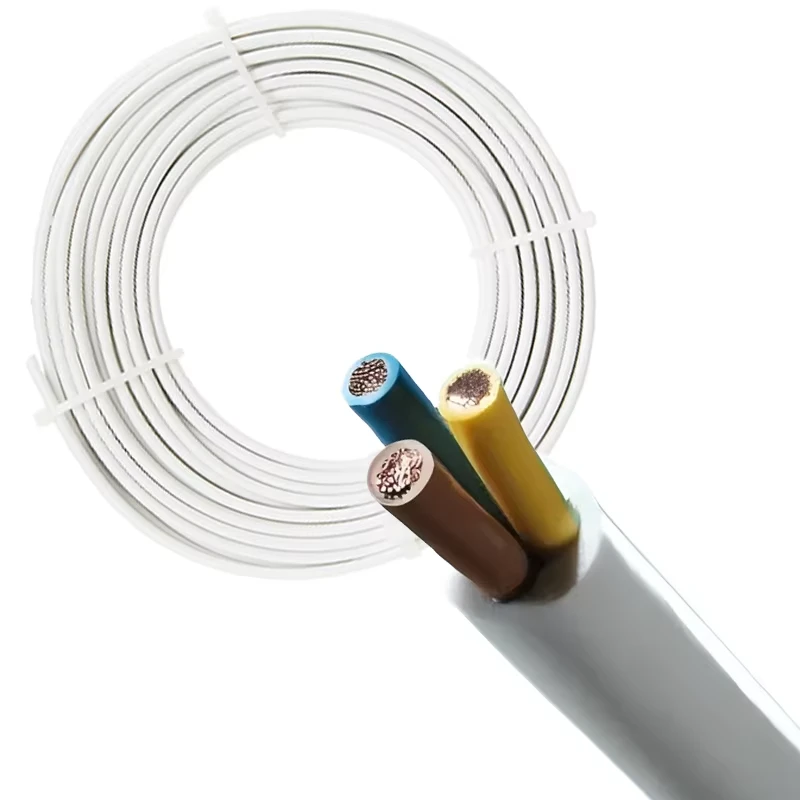
Afrikaans Albanian Amharic Arabic Armenian Azerbaijani Basque Belarusian Bengali Bosnian Bulgarian Catalan Cebuano China Corsican Croatian Czech Danish Dutch English Esperanto Estonian Finnish French Frisian Galician Georgian German Greek Gujarati Haitian Creole hausa hawaiian Hebrew Hindi Miao Hungarian Icelandic igbo Indonesian irish Italian Japanese Javanese Kannada kazakh Khmer Rwandese Korean Kurdish Kyrgyz Lao Latin Latvian Lithuanian Luxembourgish Macedonian Malgashi Malay Malayalam Maltese Maori Marathi Mongolian Myanmar Nepali Norwegian Norwegian Occitan Pashto Persian Polish Portuguese Punjabi Romanian Russian Samoan Scottish Gaelic Serbian Sesotho Shona Sindhi Sinhala Slovak Slovenian Somali Spanish Sundanese Swahili Swedish Tagalog Tajik Tamil Tatar Telugu Thai Turkish Turkmen Ukrainian Urdu Uighur Uzbek Vietnamese Welsh Bantu Yiddish Yoruba Zulu
Jun . 26, 2024 17:01
Back to list
Optimal Wiring Strategies for SWA Cable A Comprehensive Guide
Best Practices for Wiring SWA Cable Ensuring Optimal Performance
When it comes to electrical installations, the selection and proper wiring of cables play a crucial role in ensuring safety, efficiency, and longevity. Steel Wire Armoured (SWA) cable, known for its robustness and durability, is a popular choice in various applications, from domestic to industrial settings. Here, we delve into the best practices for wiring SWA cables to get the most out of them.
Firstly, understanding the SWA cable's composition is key. It consists of a central conductor, usually copper, surrounded by an insulating layer, further protected by a metallic armour, typically steel wire. This armour provides mechanical protection and acts as a secondary earth, making SWA suitable for areas where cables may be subject to mechanical damage.
Choosing the right size of SWA cable is paramount. The cable size should be based on the electrical load it will carry and the distance it needs to span. Under-sizing can lead to overheating, while over-sizing can increase costs without providing additional benefits.
For wiring, always ensure that the SWA cable is installed in accordance with local electrical regulations and standards. The cable should be fixed securely at regular intervals to prevent tension, which could damage the armour or insulation. Use appropriate cable clips or trunking for this purpose.
When connecting SWA cables, use a cable gland or connector designed specifically for armoured cables. These ensure a secure and weatherproof connection, preventing water ingress and electrical faults These ensure a secure and weatherproof connection, preventing water ingress and electrical faults These ensure a secure and weatherproof connection, preventing water ingress and electrical faults These ensure a secure and weatherproof connection, preventing water ingress and electrical faults
These ensure a secure and weatherproof connection, preventing water ingress and electrical faults These ensure a secure and weatherproof connection, preventing water ingress and electrical faults best wiring swa cable. Always strip the armour back a short distance from the end of the cable before connecting, exposing the insulation beneath.
It's essential to properly terminate the SWA cable. The armour should be earthed at both ends, typically via a terminal block or an earthing gland. This not only completes the protective circuit but also helps to dissipate any induced currents.
In underground installations, bury the SWA cable at the recommended depth to protect it from physical damage. In conduit systems, ensure the conduit is full to minimize the risk of bending or kinking the cable.
Lastly, regular inspections and maintenance are vital. Check for signs of wear, corrosion, or damage, and address any issues promptly to maintain the integrity and safety of the system.
In conclusion, wiring SWA cables effectively requires a combination of technical knowledge, adherence to safety standards, and careful planning. By following these best practices, you can ensure your SWA cable installation operates optimally, safely, and efficiently over time. Remember, safety should always come first in any electrical work.
best wiring swa cable. Always strip the armour back a short distance from the end of the cable before connecting, exposing the insulation beneath.
It's essential to properly terminate the SWA cable. The armour should be earthed at both ends, typically via a terminal block or an earthing gland. This not only completes the protective circuit but also helps to dissipate any induced currents.
In underground installations, bury the SWA cable at the recommended depth to protect it from physical damage. In conduit systems, ensure the conduit is full to minimize the risk of bending or kinking the cable.
Lastly, regular inspections and maintenance are vital. Check for signs of wear, corrosion, or damage, and address any issues promptly to maintain the integrity and safety of the system.
In conclusion, wiring SWA cables effectively requires a combination of technical knowledge, adherence to safety standards, and careful planning. By following these best practices, you can ensure your SWA cable installation operates optimally, safely, and efficiently over time. Remember, safety should always come first in any electrical work.
 These ensure a secure and weatherproof connection, preventing water ingress and electrical faults These ensure a secure and weatherproof connection, preventing water ingress and electrical faults
These ensure a secure and weatherproof connection, preventing water ingress and electrical faults These ensure a secure and weatherproof connection, preventing water ingress and electrical faults best wiring swa cable. Always strip the armour back a short distance from the end of the cable before connecting, exposing the insulation beneath.
It's essential to properly terminate the SWA cable. The armour should be earthed at both ends, typically via a terminal block or an earthing gland. This not only completes the protective circuit but also helps to dissipate any induced currents.
In underground installations, bury the SWA cable at the recommended depth to protect it from physical damage. In conduit systems, ensure the conduit is full to minimize the risk of bending or kinking the cable.
Lastly, regular inspections and maintenance are vital. Check for signs of wear, corrosion, or damage, and address any issues promptly to maintain the integrity and safety of the system.
In conclusion, wiring SWA cables effectively requires a combination of technical knowledge, adherence to safety standards, and careful planning. By following these best practices, you can ensure your SWA cable installation operates optimally, safely, and efficiently over time. Remember, safety should always come first in any electrical work.
best wiring swa cable. Always strip the armour back a short distance from the end of the cable before connecting, exposing the insulation beneath.
It's essential to properly terminate the SWA cable. The armour should be earthed at both ends, typically via a terminal block or an earthing gland. This not only completes the protective circuit but also helps to dissipate any induced currents.
In underground installations, bury the SWA cable at the recommended depth to protect it from physical damage. In conduit systems, ensure the conduit is full to minimize the risk of bending or kinking the cable.
Lastly, regular inspections and maintenance are vital. Check for signs of wear, corrosion, or damage, and address any issues promptly to maintain the integrity and safety of the system.
In conclusion, wiring SWA cables effectively requires a combination of technical knowledge, adherence to safety standards, and careful planning. By following these best practices, you can ensure your SWA cable installation operates optimally, safely, and efficiently over time. Remember, safety should always come first in any electrical work. Latest news
-
Reliable LIYCY Cable Solutions for Low and Medium Voltage ApplicationsNewsJul.14,2025
-
Premium Overhead Electrical Wire Solutions for Low and Medium Voltage ApplicationsNewsJul.14,2025
-
Innovative XLPE Electrical Cable Solutions for Modern Low and Medium Voltage NetworksNewsJul.14,2025
-
High-Quality Ethylene Propylene Rubber Cable – Durable EPDM Cable & 1.5 mm 3 Core OptionsNewsJul.14,2025
-
Exploring the Versatility of H1Z2Z2-K 1X4mm2 Cables in Modern ApplicationsNewsJul.14,2025
-
Uses of Construction WiresNewsJul.14,2025
-
Types of Neoprene CableNewsJul.14,2025
Related PRODUCTS





